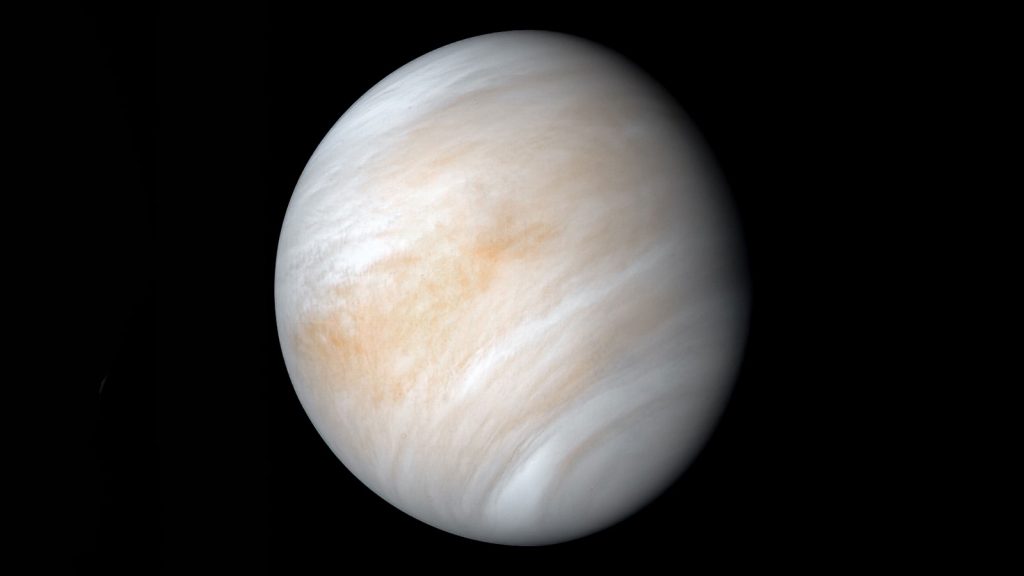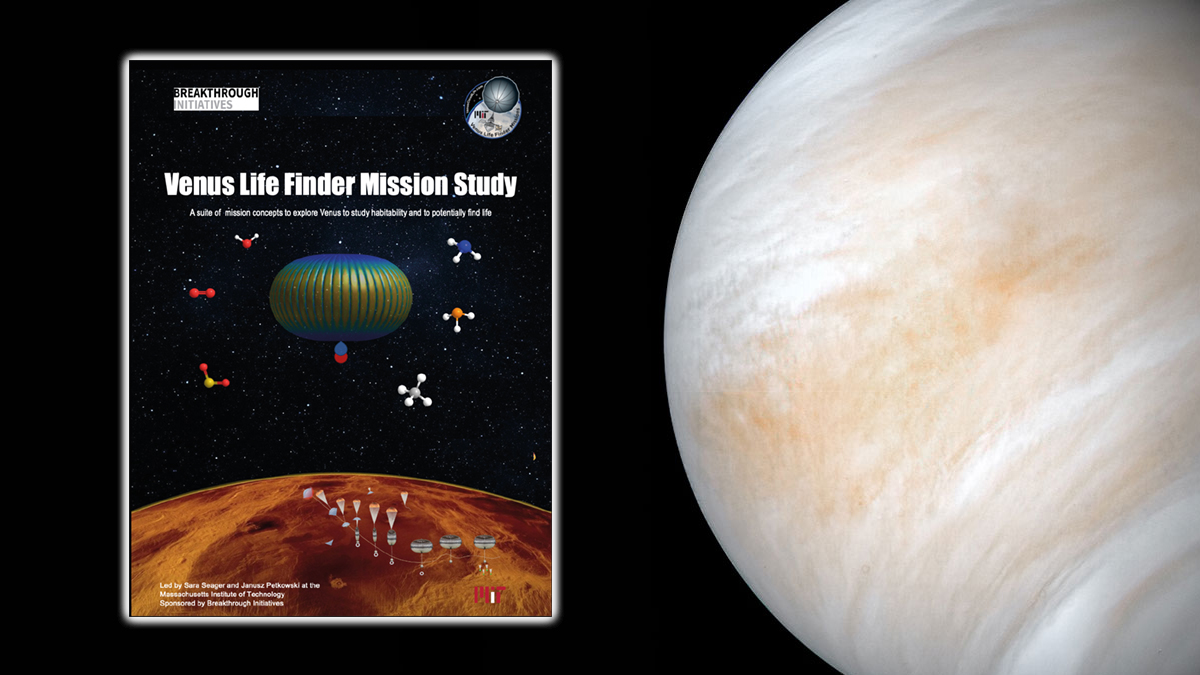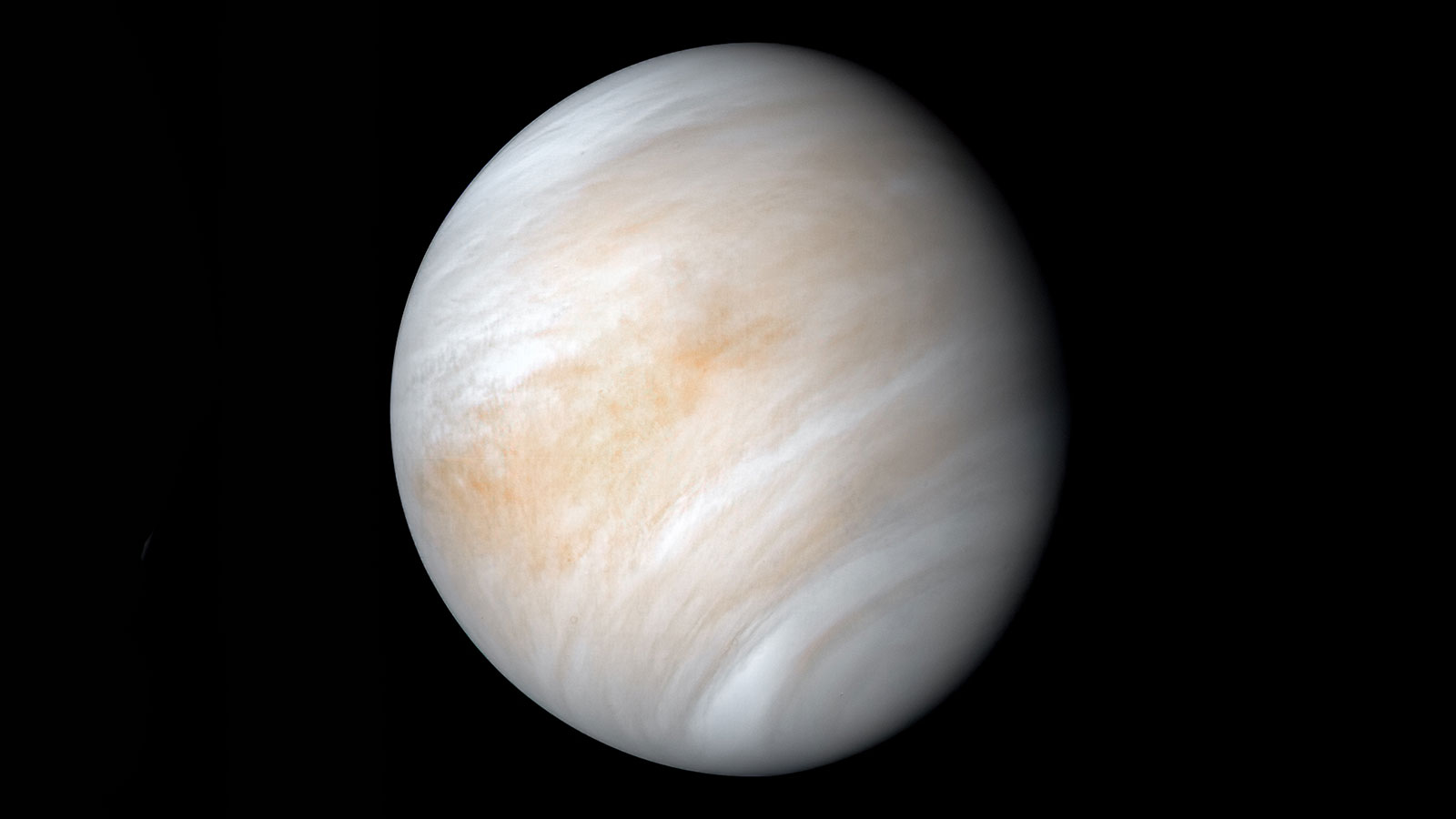The Venus phosphine team posted two preprints on arXiv in response to criticism regarding the statistical significance and the interpretation of the detection of phosphine on Venus. The team addressed some misconceptions about de-trending of spectral baselines, the probability of getting “fake lines” (the probability for such “fake lines” is below 2%), as well as the possibility that the line was misassigned to PH3. The team concluded that the JCMT discovery spectrum of the PH3 line cannot be re-attributed to SO2 due to line width and position discrepancies. The team also developed a non-subjective method of characterizing the datasets, showing that the line can be recovered with multiple methods of data analysis.
For more information go to the papers here: https://arxiv.org/abs/2011.08176 (response to criticism raised by Villanueva et al. 2020); https://arxiv.org/abs/2012.05844 (response to criticism raised by Snellen et al. 2020; Thompson 2020; and Villanueva et al. 2020).





